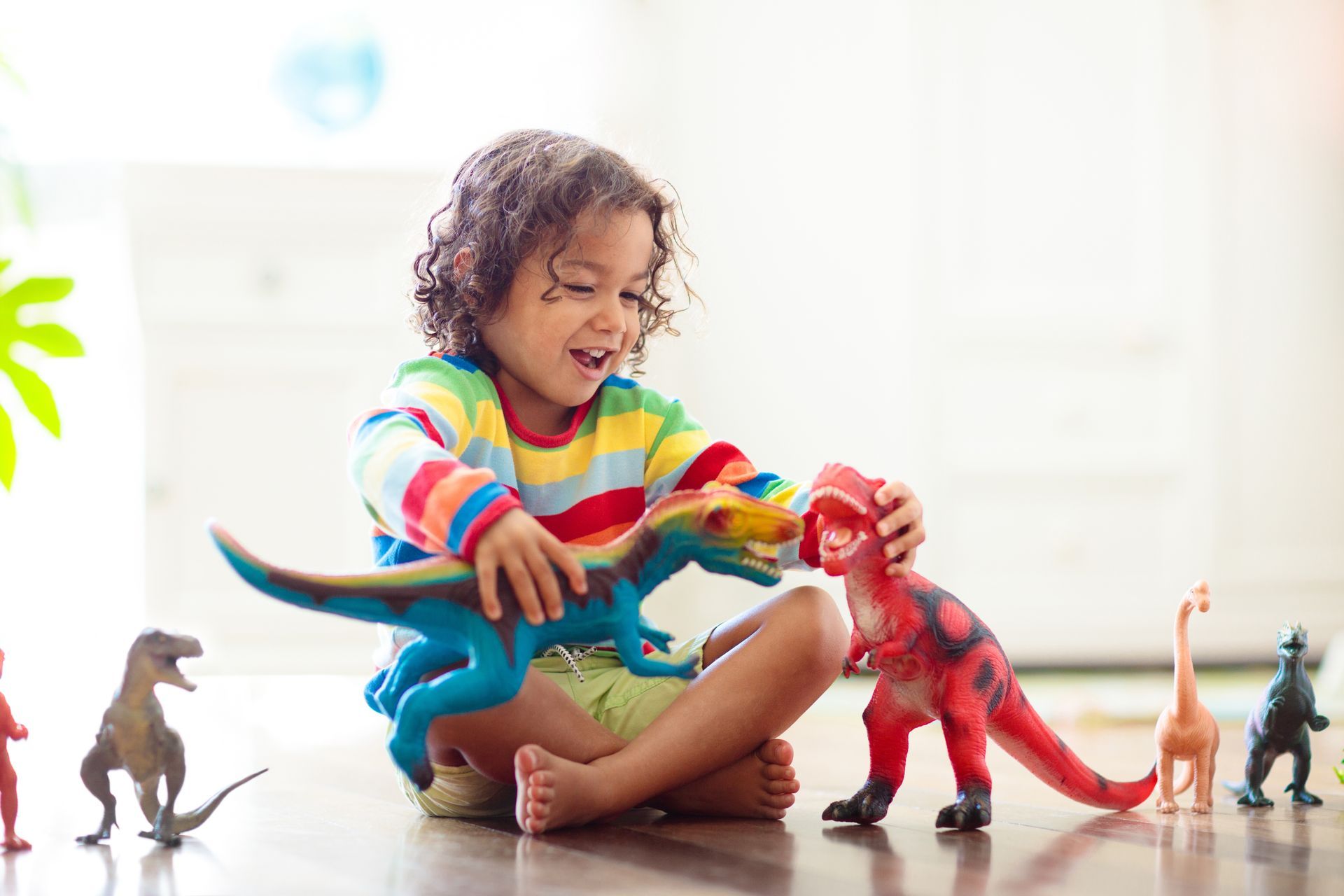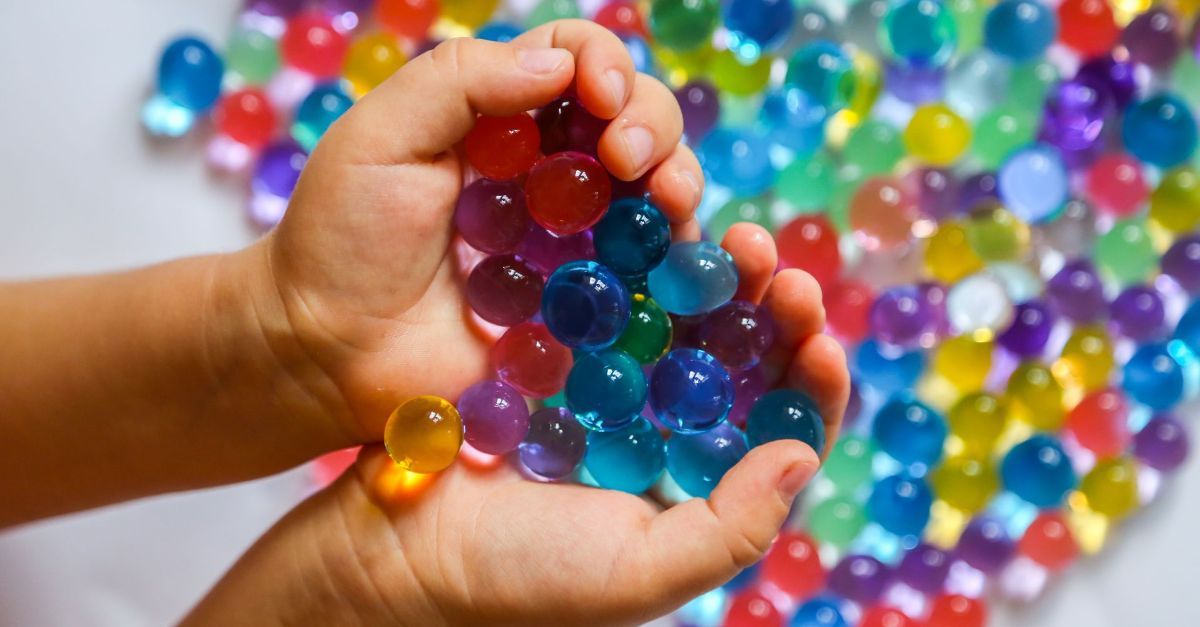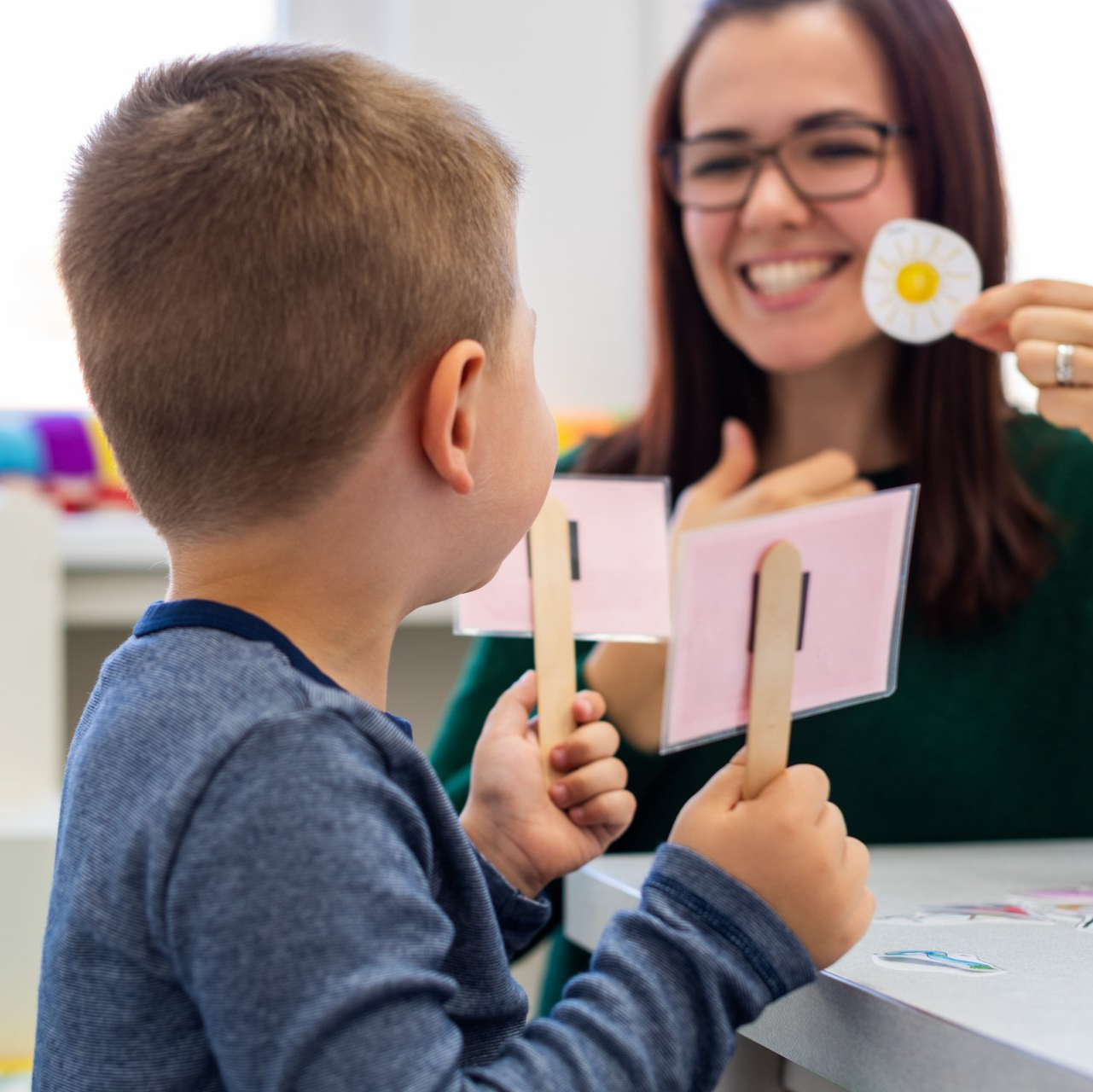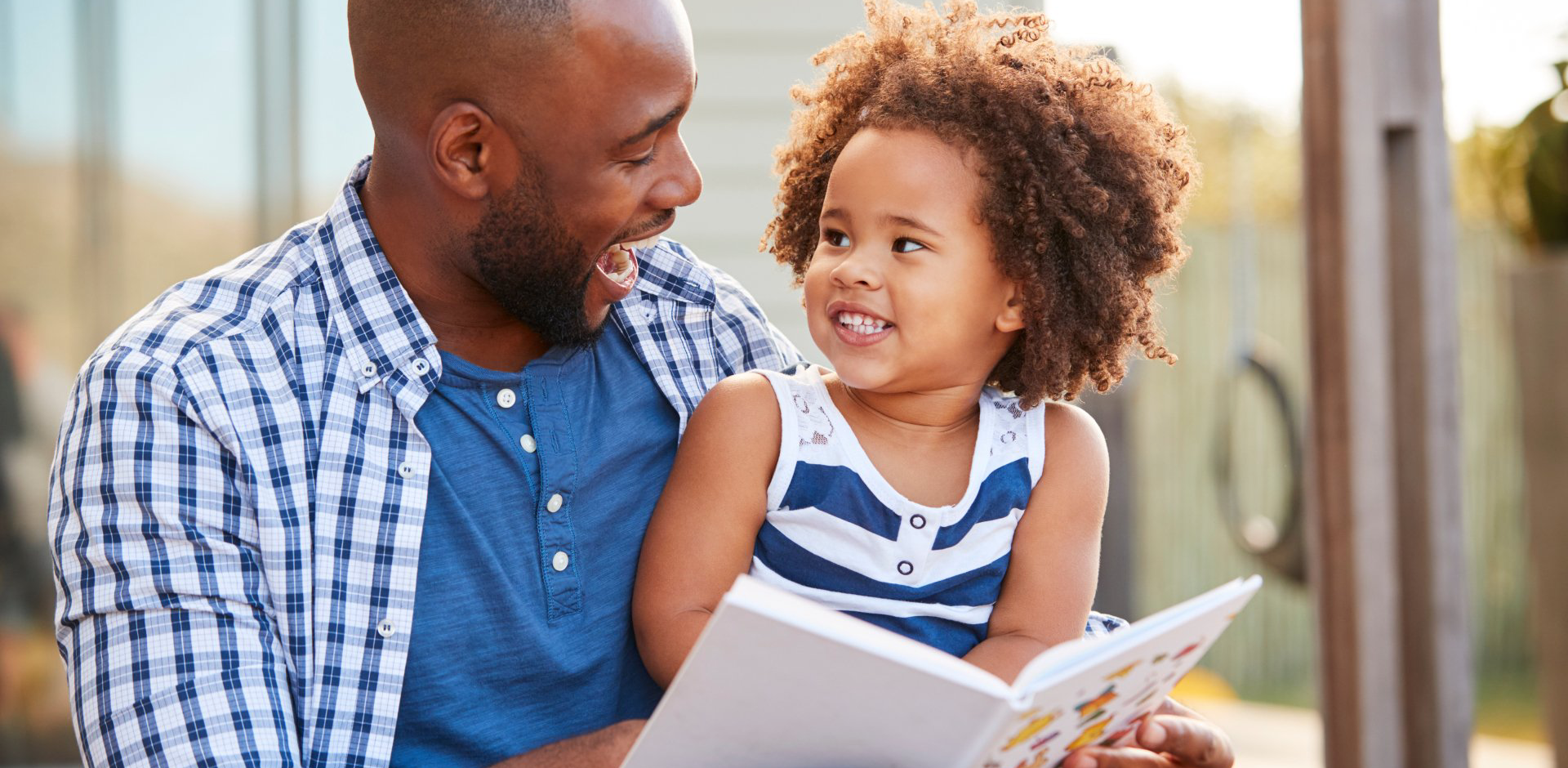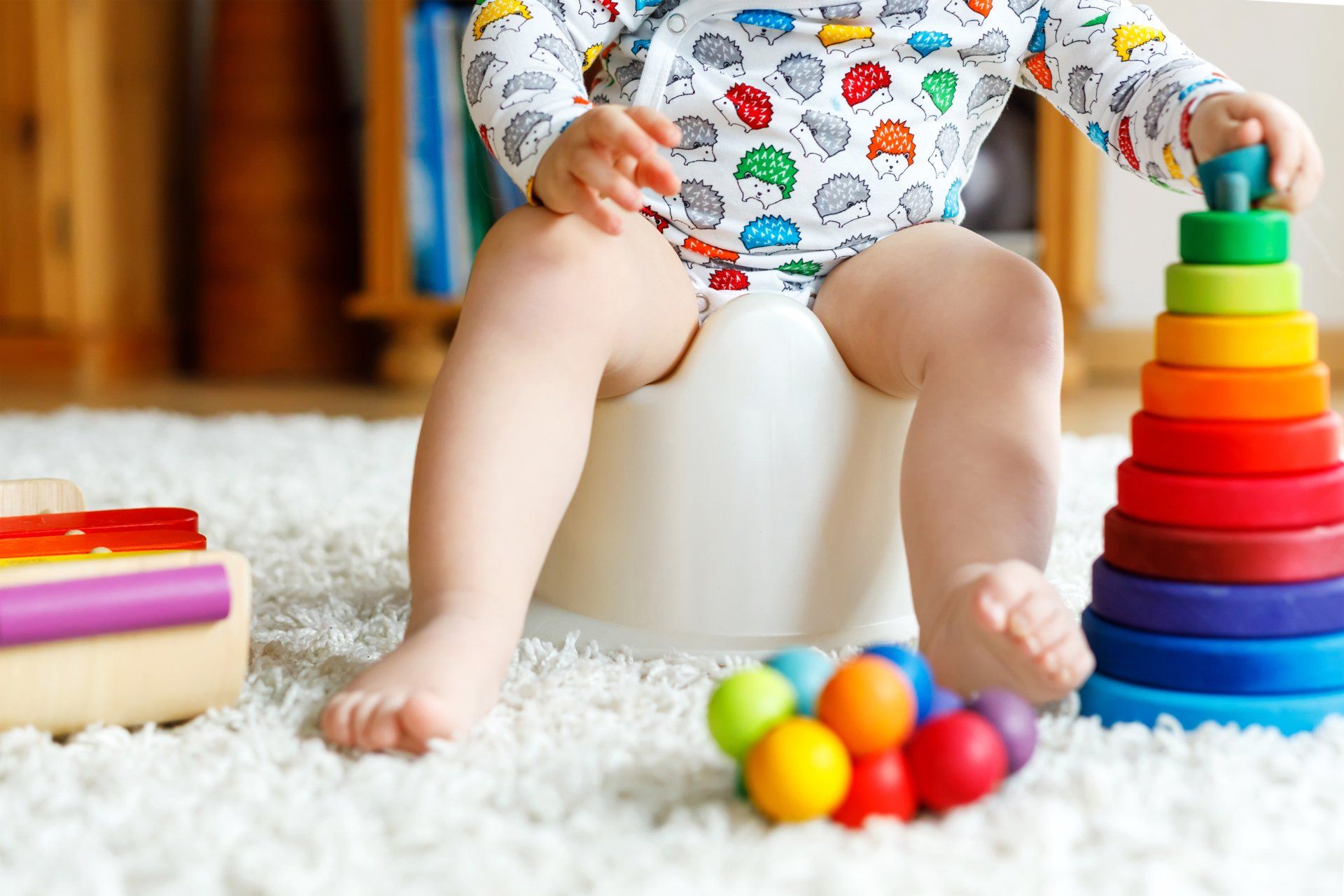What is “Philosophy for Children, or P4C”?
This is itself an important philosophical question, not easy to answer; but let us say that philosophy, among other things, is self-conscious inquiry into the meaning of puzzling and contestable concepts. In ancient times philosophy was known as a search for wisdom or meaning, and many of the concepts philosophers have thought about for thousands of years are ones we use to structure our daily experience. "What is justice?" "What is beauty?" "How can I be sure of what I know?" "What is the right thing to do?" "What is real?"
Philosophy is also known for the cultivation of excellent thinking. One of the most ancient branches of philosophy is logic, which includes informal logic, or "critical thinking." But philosophy is not only an intellectual pursuit. Philosophers have tried to improve their thinking in order to better explore the philosophical dimensions of experience, such as the ethical, political and aesthetic dimensions, and in order to improve their judgments and actions within these dimensions. Philosophy helps us learn to recognize, for instance, the ethical problems and possibilities in our experience, to think through them carefully, to make sound ethical judgments and to take appropriate action. This is why, for thousands of years people have practiced philosophy, not only in universities but also in business offices, reading clubs and coffee houses.
The P4C methodology was begun by Matthew Lipman in the UK when, as a university professor, he realised that his first-year students had excellent content knowledge but were unable to think independently. He still works in schools and trains teachers. The P4C movement has been going for 35 years and is used in over 60 countries.
In our Junior College schools, we have introduced P4C or Philosophy 4 Children from Grade 000. We begin the lessons on learning to make a choice, to justify the choice and to have a change of mind should the evidence convince them to do so. In the Pre-Primary this could be choosing between wanting to be a Mommy or a baby. Depending on what the child chooses, he sits on one side of a central line. One child then questions a child on the other side of the line as to the reasons for his choice and this conversation goes back and forth. If the group is big, they may tell their shoulder partner the reason for the choice. At the end, we see if anyone would like to change their choice and tell us why they did so.
Respectful listening, accepting other points of view and turn taking are paramount and we anticipate a huge improvement in these skills over the year. Having the courage to think independently of a friend’s views takes a while with three and four-year olds, but the understanding that thinking is unique and individual, grows over time.
Moving on from choices involves the use of a stimulus such as a story, a video or an artefact. A bowl of jelly tots elicited a wonderful discussion on ‘should it rain jelly tots’ and a toy lion in a cage inspired four-year olds to range from not keeping animals in cages because they would miss their family, to putting poachers in cages to teach them a lesson.
After a story, for instance ‘The Gruffalo’, children are encouraged to ask questions and then to choose a question to discuss. These questions cannot be ones that are answered from the text or ones you could ask an expert or Google. A Grade 0 group chose to discuss, ‘is it OK to lie?’
As the children grow in confidence and experience, they learn to identify the concepts behind a story, for instance truth, beauty or identity and their discussions develop in complexity. This type of inquiry learning permeates any subject and develops the ability to think more deeply and to reason critically. P4C research has shown that it has a significant impact on cognitive ability, enhances dialogical skills and supports social and emotional development. It has been claimed that a one-hour session per week enhances intelligence by an average of 6%, as well as improving communication skills, confidence, concentration and the ability to self-manage feelings and impulsivity more appropriately. Classroom participation increases, and teachers are encouraged to use more open-ended questioning in all their interactions with the children. At the end of a discussion the group reflects on the quality of thinking, reasoning and participation. Teachers always act as facilitators and do not direct the discussions unless a dead end is reached, when they may suggest other avenues to explore.
Some schools are bringing parents into their discussions by sending home a ‘Thinking Book’. This asks parents to add their views to a classroom discussion, e.g. ‘Is it okay for boys to wear pink?’ Parental views can then be read to the class and usually elicit further discussion.
In our Junior College schools, we are delighted with the prospective impact of P4C on teaching and learning and will continue to expand on the opportunities provided for the children and on teacher training.

